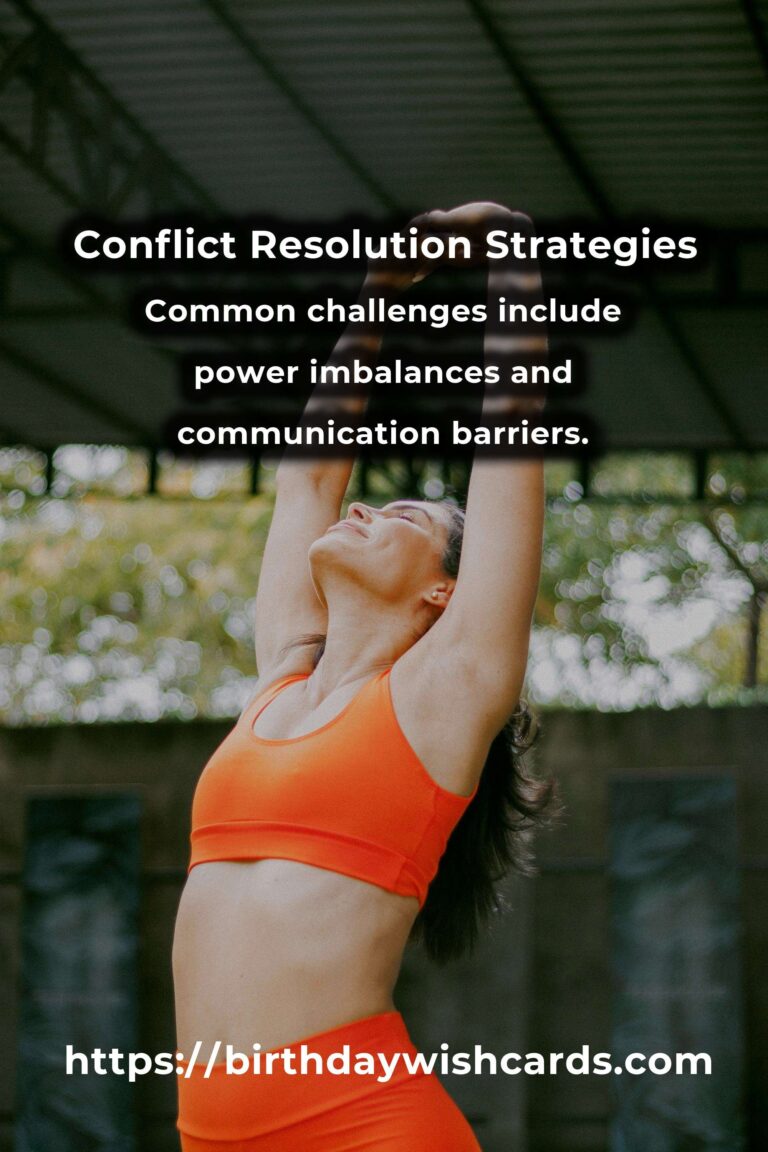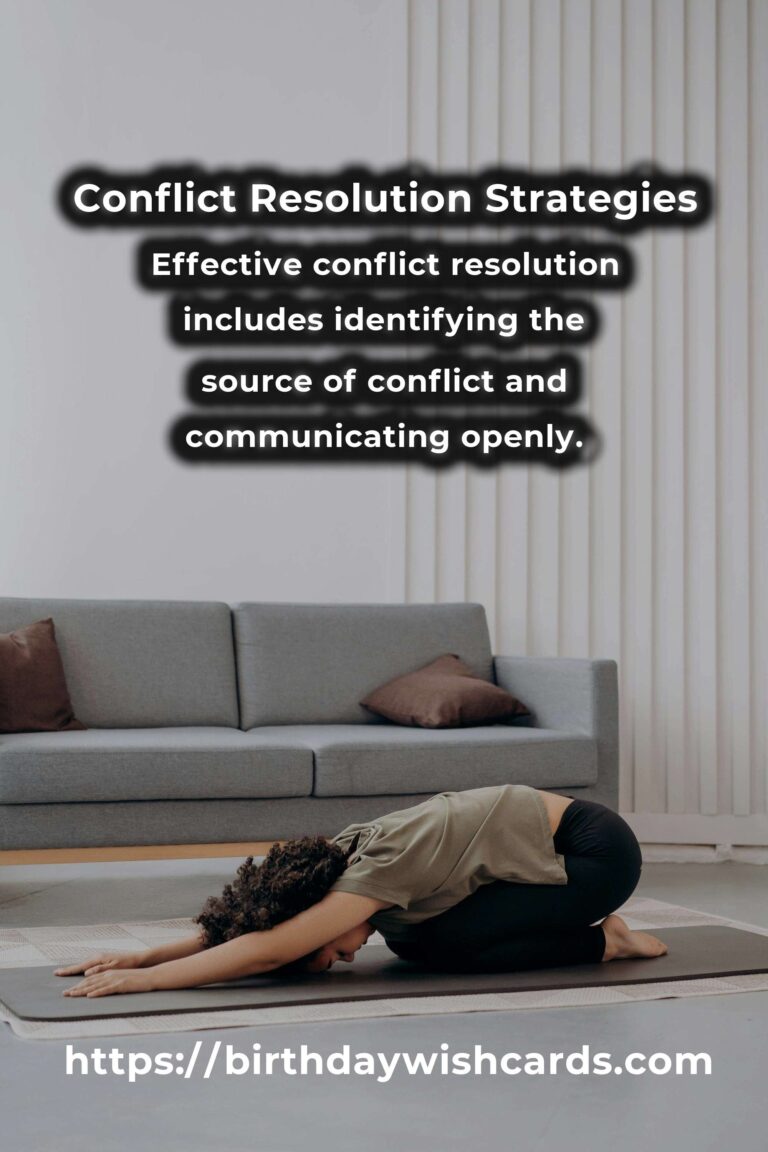
Conflict is an inevitable part of human interaction, whether it occurs in personal relationships, workplace settings, or international diplomacy. Effectively navigating conflict resolution frameworks is crucial for maintaining harmony and achieving mutually beneficial outcomes. This article serves as a comprehensive survival guide to understanding and applying various conflict resolution frameworks.
Understanding Conflict
Before diving into specific frameworks, it is essential to understand what conflict is and why it occurs. Conflict arises when individuals or groups perceive incompatible goals, scarce resources, or interference from others in achieving their objectives. It can manifest in various forms, including verbal disagreements, physical altercations, or psychological tension.
Key Conflict Resolution Frameworks
There are several established frameworks for resolving conflict, each with its own strengths and weaknesses. Understanding these frameworks can help individuals and organizations choose the most appropriate approach for their unique situations.
1. Interest-Based Relational (IBR) Approach
The IBR approach focuses on separating people from the problem and emphasizing mutual interests rather than positions. This framework encourages collaborative problem-solving and aims to maintain healthy relationships between parties involved in the conflict.
2. The Thomas-Kilmann Conflict Mode Instrument (TKI)
The TKI framework identifies five conflict-handling styles: competing, collaborating, compromising, avoiding, and accommodating. By understanding these styles, individuals can assess their own behaviors and adapt their approach to suit the context of the conflict.
3. Mediation
Mediation involves a neutral third-party facilitator who helps conflicting parties communicate and negotiate a mutually acceptable resolution. This framework is particularly effective in situations where direct communication between parties is strained or non-existent.
4. The Transformative Approach
The transformative approach focuses on empowering individuals and fostering mutual recognition. It aims to transform the parties’ interactions and perceptions, leading to a sustainable resolution of the conflict.
Steps to Effective Conflict Resolution
Regardless of the chosen framework, there are fundamental steps that contribute to effective conflict resolution:
1. Identify the Source of Conflict
Understanding the root cause of the conflict is crucial for addressing it effectively. This involves active listening, asking questions, and gathering relevant information from all parties involved.
2. Communicate Openly and Honestly
Open communication is key to resolving conflicts. It involves expressing thoughts and feelings clearly and respectfully, while also being receptive to the perspectives of others.
3. Explore Possible Solutions
Brainstorming and evaluating potential solutions with all parties can lead to creative and mutually beneficial outcomes. It is important to remain flexible and open-minded throughout this process.
4. Agree on a Resolution
Once a solution is identified, it is important for all parties to agree on the terms of the resolution. This agreement should be clearly documented and communicated to ensure mutual understanding and commitment.
5. Implement and Monitor the Resolution
After reaching an agreement, the next step is implementing the resolution and monitoring its progress. This involves regular check-ins and adjustments as necessary to ensure the resolution remains effective.
Common Challenges in Conflict Resolution
Several challenges can arise during the conflict resolution process, including power imbalances, communication barriers, and emotional reactions. Being aware of these challenges can help individuals and organizations anticipate and address them proactively.
Conclusion
Navigating conflict resolution frameworks requires a deep understanding of the underlying principles and a commitment to effective communication and problem-solving. By applying the appropriate framework and following the steps outlined in this guide, individuals and organizations can achieve successful conflict resolution and foster positive relationships.
Conflict is an inevitable part of human interaction. Understanding conflict resolution frameworks is crucial for maintaining harmony. The IBR approach emphasizes mutual interests rather than positions. The Thomas-Kilmann Conflict Mode Instrument identifies five conflict-handling styles. Mediation involves a neutral third-party facilitator. The transformative approach focuses on empowering individuals and fostering mutual recognition. Effective conflict resolution includes identifying the source of conflict and communicating openly. Common challenges include power imbalances and communication barriers.
#ConflictResolution #Mediation #Communication #ProblemSolving #PeaceBuilding













